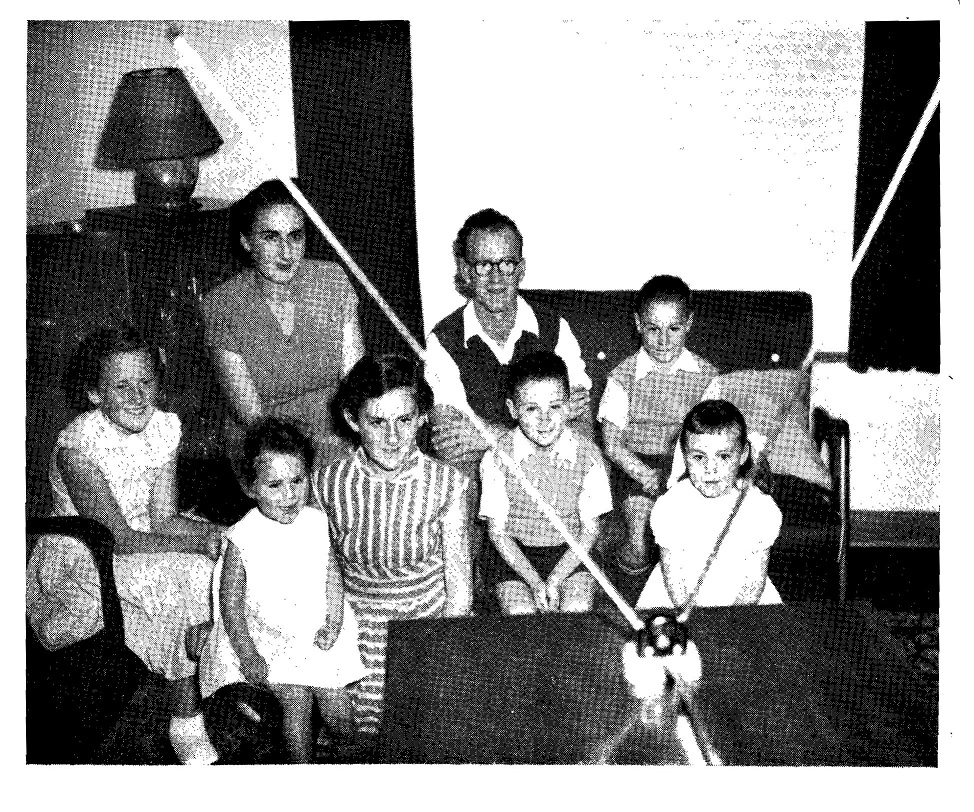
Voluntary placement is a term to describe the practice of parents or relatives putting a child into a Home, outside of child welfare legislation. These children (sometimes referred to as ‘voluntary wards’, ‘non wards’, or ‘private children’) came into ‘care’ under informal arrangements, often due to economic difficulties or a family crisis that made it…
In May 1982, an inquiry began by the Senate Standing Committee on Social Welfare. The result of this inquiry was the report, ‘Children in Institutional and Other Forms of Care: a national perspective’ (1985). The Committee noted that little work had been done to date in this area, on a national basis. The Committee’s terms…
Holiday hosts looked after children from institutions for weekends or short stays during school holiday periods, so that staff employed at the children’s Home could take leave. The Senate’s ‘Forgotten Australians’ report (2004) noted that the use of holiday hosts was ‘often undertaken in an uncoordinated manner with expediency rather than child welfare being a…
Mothercraft describes the knowledge and skills required to care for babies and young children. Mothercraft nurses were trained and specially qualified in maternal and infant care. Many of the institutions for children in Australia in the twentieth century were also mothercraft nursing training schools. Qualifying as a mothercraft nurse involved months of study and training…
Neglected child was a term used in Australian child welfare legislation from the mid nineteenth century. Over time, the ways of describing a neglected child changed but the purpose of the definition remained constant: children who were found to be neglected could be brought into the child welfare system and placed in institutions or foster…
Illegitimacy was the status given to children born as a result of an out of wedlock, or ex-nuptial, pregnancy. The term illegitimate replaced the even more pejorative term ‘bastard’ to describe these children. The social stigma attached to illegitimate children meant that many mothers relinquished or were forced to relinquish them or children were placed…
Baby farming is a term that first appeared in the British press in 1867 to describe the practice of placing infants in private homes to be nursed and boarded, for a fee. Ideally, the infant was breastfed by a wet-nurse but if this was not possible, infants were fed artificially with cows’ milk. This was…
Vagrancy is a term to describe the criminalisation of poverty. Vagrancy was an offence whereby people could be imprisoned for being without visible means of support. An adult convicted of vagrancy could have their child/ren committed to the state under child welfare legislation. State laws authorised the transfer of ‘neglected children’ into care if they…
A reformatory was an institution for “criminal” children, later known as juvenile offenders. Reformatories were designed to remove children from adult prisons, as well as to separate children who had committed offences from so-called “neglected” children. The name of this institution reflects the notion that, intercepted early enough, young criminals could be reformed. However, in…

Foster care is a home-based service provided to children and young people up to 18 years of age who are temporarily or permanently unable to live with their families of origin. Foster parents are paid an allowance to help cover the cost of maintaining the foster child. The foster care system was historically managed by…